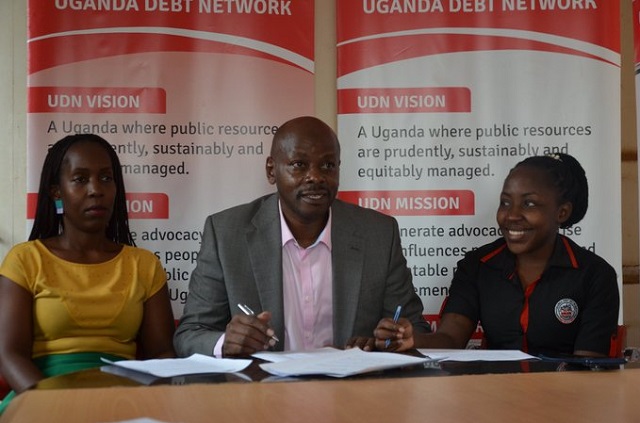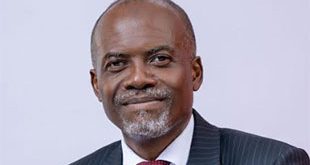
Kampala, Uganda | Isaac Khisa | Ugandan government has more than doubled the health sector budget since the Financial Year 2015/16 but it still remains inadequate, according to preliminary findings in a study carried out by a civil society organisation, Uganda Debt Network.
The study set to be released next month shows that the health sector budget has increased from Shs 1.30trillion in the Financial Year 2015/16 to Shs3.33 trillion in the Financial Year 2021/22.
But a large proportion of this, 93% goes to recurrent expenditure consisting mainly of salaries compared to development expenditure, signaling increased reliance on health development partners to invest in health development projects.
Christine Byiringiro, the program manager at the UDN said the national health spending as a proportion of total government spending remains as low as 7% in the Financial Year 2021/22, and that the total health expenditure per capita is estimated at $36.9 compared to the minimum recommended $86 by the World Health Organisation for low income countries.
“ In the Financial Year 2021/22, the largest portion of the health budget (45%) is to be retained at the centre under the Ministry of Health vote while local governments, where the bulk of services are delivered constitutes only 22% of the health budget,” she said.
“Moreover, government support to the health budget has decreased by 14% from 74% in FY 2011/12 to 60% in FY 2021/22.”
This development comes as the National Development Plan III notes that while there has been a significant increase in access to health services, there’s still inadequate functionality of health facilities due to inadequate funding.
For instance, UDN quoting Auditor General’s report for the Financial Year 2020/21, states that in seven key departments in Mulago National Referral Hospital, some vital medical equipment were in poor working conditions while others were not fully functional and required replacement.
The AG also pointed out that Mulago National Referral Hospital had liabilities to the tune of Shs 2.95bn from the previous year (FY 2019/20). However, payments totaling to Shs 3.7bn in respect of the liabilities were made during the same period.
“The Hospital therefore made payments for non-existent liabilities amounting to Shs 1.47bn,” Byiringiro said.
Gilbert Musinguzi, the quality assurance manager at UDN said government needs to increase health sector funding to at least 10-15% of the national budget to boost expenditure on recurrent expenditures but also boost the development aspects.
“The government generally need to increase financing to the health sector to enhance salaries of health workers but also help set up the necessary infrastructures and increase access to medical supplies,” he said, adding that there’s need for the government to slice out unnecessary expenditures such as conferences and travels to boost the health sector budget.
In November last year, Health Minister, Dr. Jane Ruth Aceng listed 10 challenges that she said bedevils the healthcare system calling for increased funding to streamline the sector.
In a presentation meant to enlist Parliament’s support in solving the healthcare problems facing the country, Aceng said increased financial allocation to the Ministry of Health will solve most of the sector’s problems.
She listed shortages of “critical cadres such as specialists, anaesthetic officers, dispensers, pharmacists and theatre staff” and “inadequate financing to the sector” as the core issues that need urgent attention.
Other issues included rising the number of local governments that also increase pressure on already established health facilities requiring further investment in construction of new healthcare units, dilapidated health infrastructure that requires refurbishment and re-equipping and inadequate medical equipment at many health care units.
Aceng said lack of state of the art imaging equipment, no hospitals in many constituencies, inadequate staffing and a weak community health workers extension system are the issues that scream for immediate attention.
Going forward, Hilda Tumuhe, the research assistant at UDN said the government needs to step up its efforts of mobilising resources, particularly from domestic sources to bridge the funding gap in the health sector, especially for development expenditure.
She also said District Service Commissions should be urgently constituted in areas that lacks to facilitate recruitment of staff and absorb the health department wage.
“The staffing structure at district and facility level should also be reviewed to cater for cater for changes in population,” she said.
 The Independent Uganda: You get the Truth we Pay the Price
The Independent Uganda: You get the Truth we Pay the Price



